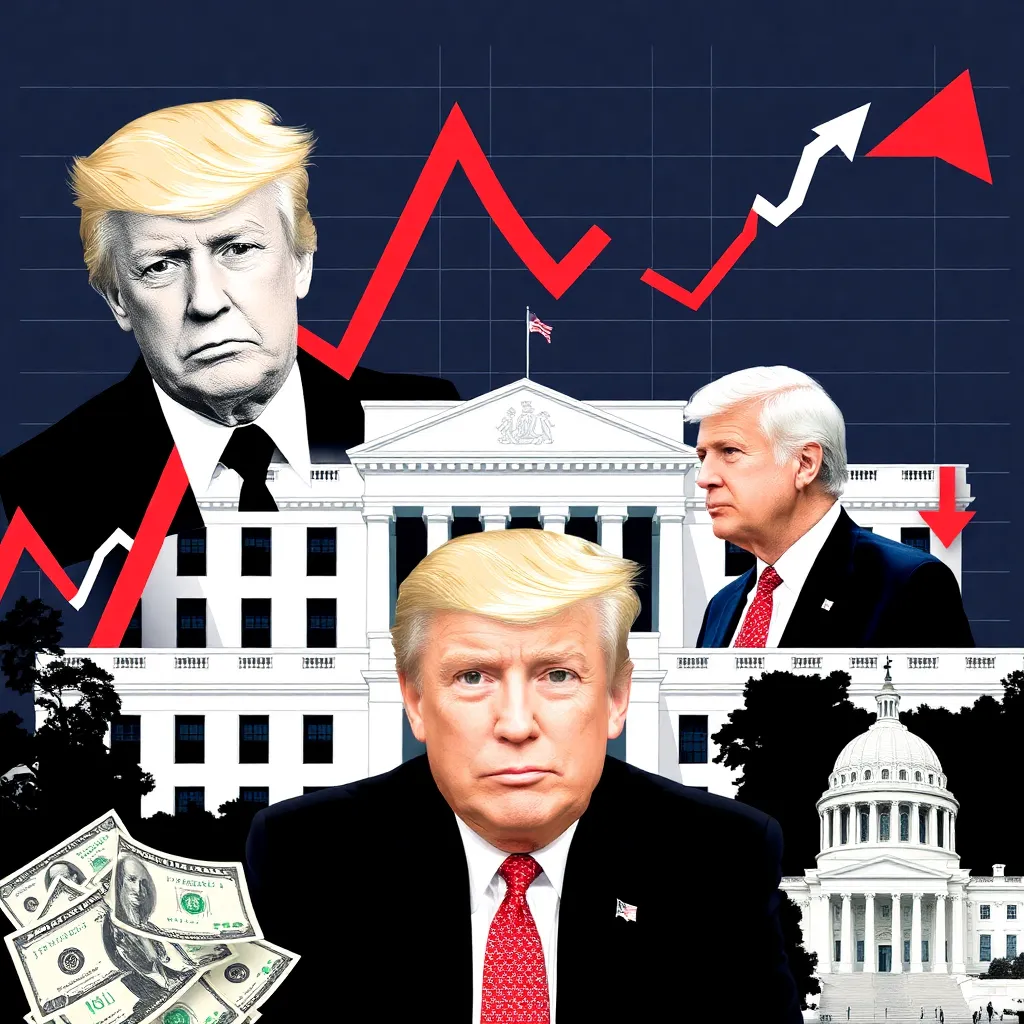
The stock market experienced a noticeable surge following Donald Trump’s presidential announcement, fueled by hopes of deregulation, tax cuts, and a potential infrastructure spending spree – a “Trump rally,” as it became known. However, this upward trajectory has been abruptly interrupted by the Federal Reserve’s persistent interest rate hikes aimed at combating inflation. This leaves investors wondering: what’s the next chapter in this evolving market narrative?
The initial Trump rally was predicated on expectations of a more business-friendly environment, potentially boosting corporate profits and driving stock prices higher. Trump’s promises resonated with investors, creating a wave of optimism that overshadowed concerns about rising inflation. However, the Fed’s aggressive monetary policy has shifted the narrative. Higher interest rates increase borrowing costs for businesses, impacting investment and potentially slowing economic growth. This, in turn, puts downward pressure on corporate earnings, a key driver of stock valuations.
The current situation presents a complex interplay of factors. While a Trump presidency might stimulate certain sectors, the Fed’s actions introduce a significant countervailing force. The effectiveness of the Fed’s strategy in curbing inflation remains uncertain, with ongoing debate about the potential for a hard landing (a significant economic downturn). The market’s reaction will depend heavily on the interplay between these opposing forces.
Several scenarios are possible:
A soft landing: If the Fed successfully manages to tame inflation without triggering a recession, the market could eventually recover, potentially even experiencing further growth driven by Trump’s policies. This scenario would require a delicate balancing act from the central bank.
A hard landing: A recession triggered by aggressive interest rate hikes would likely lead to a significant market correction. Even with pro-business policies, a struggling economy could severely impact corporate profits and investor sentiment.
Stagnation: A prolonged period of slow growth and high inflation – stagflation – would likely lead to market volatility and uncertainty, with limited upward potential.
Investors are now faced with a difficult decision. The allure of potential benefits from a Trump administration must be weighed against the risks associated with the Fed’s actions and the broader macroeconomic environment. A prudent approach would involve diversification, careful risk assessment, and close monitoring of economic indicators and Fed announcements. The coming months will be crucial in determining which scenario unfolds and shaping the future trajectory of the stock market. The uncertainty surrounding the 2024 election further complicates the situation, adding another layer of unpredictability to the market’s outlook.






